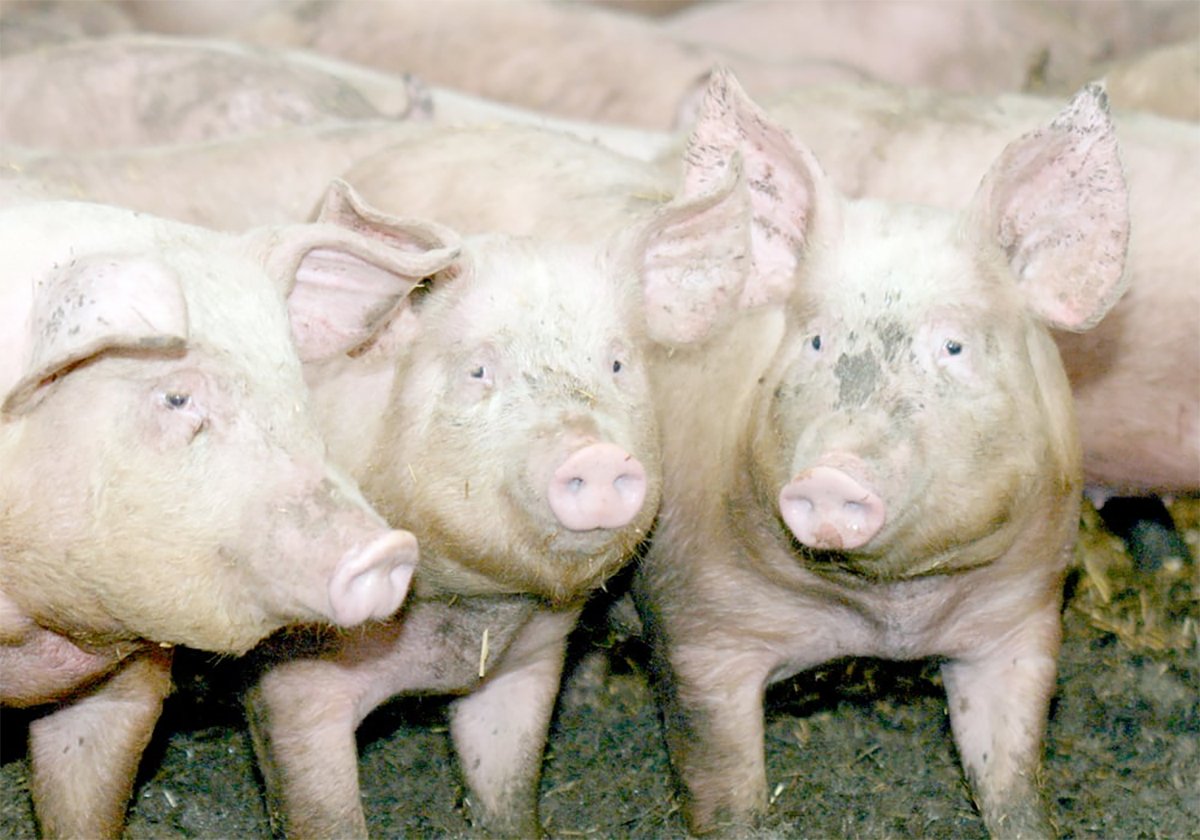CALGARY – Livestock and poultry producers in British Columbia who rely on out-of-province feed grains are still assessing the impact of last month’s federal budget cuts.
The feed freight assistance program was eliminated in the federal budget. Last year, it paid about $15 million to lower feed costs in grain deficient areas that include B.C., Atlantic Canada, Northern Ontario, Yukon and Northwest Territories..
On Oct. 1, the program will cease as a transportation subsidy and a $60 million adjustment package will be offered over 10 years, said Tom Richardson, from the farm income policy and programs branch in Ottawa.
Read Also

The Western Producer Livestock Report – November 13, 2025
Western Producer Livestock Report for November 13, 2025. See U.S. & Canadian hog prices, Canadian bison & lamb market data and sales insights.
Discussions on the delivery of the $60 million will be held among government officials and farmers this spring.
The demise of the program could hit the poultry industry hardest, said poultry producer Judy Thompson.
As vice-president of the B.C. Federation of Agriculture and a poultry producer at Sooke on the southern tip of Vancouver Island, she knows her expenses will go up, but can’t predict how hard farmers will be hit.
There are a number of dairy and poultry operations on the Island and farmers there have always had a high cost of production because of their location, she said.
The situation is worst for the province’s poultry industry because it doesn’t have the option of grazing, she said.
Ted Osborn, president of the B.C. Cattle Feeders Association, agrees the effects are unknown.
“This is a cost increase from what we had before.”
He’s also manager of Coldstream Ranch at Vernon where there could be a switch to more grass and home-grown forages.
They won’t likely pull in corn from the United States.
“Grain is a smaller percentage of total ration utilized in British Columbia compared to Alberta,” said Osborn.
“It will impress on people to make the best use of their home-grown forage and make the best use of energy they can grow at home instead of purchasing it,” he said.
Besides the higher cost of grain, the province will be affected by changes in the Western Grain Transportation Act now that the Crow subsidy is gone.















